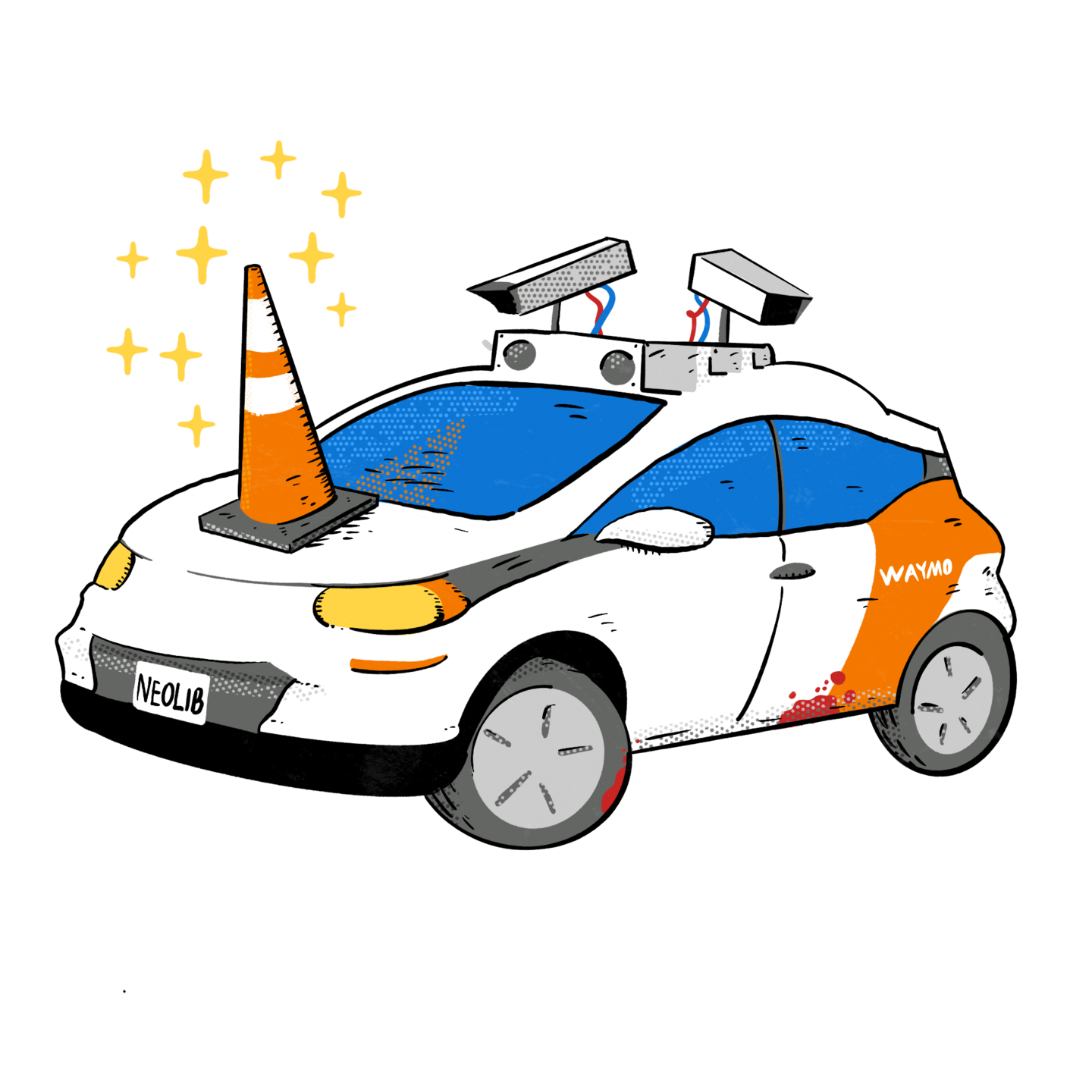
GM Authority – GM And Cruise LLC Sued By Investors For Misrepresenting AV Advancements
Editors note: I sure hope that Kyle Vogt, the past CEO of Cruise, is directly involved with the lawsuit. He was the one doing the misrepresentation.
But GM projecting “yearly profits of $50 billion from its AV branch by 2030” certainly seems both laughable and negligent.
See original article by Rhian Hunt at GM Authority
GM autonomous vehicle subsidiary Cruise LLC and General Motors itself are both in the crosshairs of a lawsuit launched on behalf of investors who feel the automaker’s claims of fully autonomous robotaxis were overblown and thus misleading.
The class action lawsuit cites Edward Shamoon as the plaintiff and is also filed “on behalf of all others similarly situated” and was filed in the United States District Court Eastern District of Michigan, Southern Division.
The plaintiffs all invested in GM between February 2021 and November 2023 on the basis of believing The General’s claims about Cruise. These included the automaker’s assertions about Cruise autonomous vehicles (AVs) and the importance of the subsidiary in GM’s financial future.
On the financial side, the lawsuit claims that GM asserted its AV subsidiary and its robotaxis are “a key element of GM’s growth strategy” worth about $30 billion, greater than 50 percent of the company’s entire market cap at the time. GM also projected yearly profits of $50 billion from its AV branch by 2030. Needless to say, this result will not materialize with Cruise now defunct and considered one of GM’s five biggest failures of 2024.
The lawsuit also alleges many major misrepresentations about the subsidiary’s autonomous vehicle safety and the robotaxis’ readiness for public, paid use. It quotes Cruise co-founder Kyle Vogt – who recently blasted GM as “a bunch of dummies” – as stating in March 2022 that “from a technical standpoint, there’s basically zero incremental work to get to revenue.”
However, the lawsuit argues, GM’s claims about its robotaxis being fully autonomous were false. As evidence of this, the lawsuit points to the infamous pedestrian dragging incident along with a slew of other instances where the AVs performed poorly or required human intervention. Among these it mentions an AV making an “erratic and […] unpredictable stop, as if it was about to run over a pedestrian,” an allegedly ongoing “inability to consistently recognize pedestrians or children or large holes in the road,” and a claim that “AVs stalled or failed frequently, requiring physical retrieval by humans.”
These incidents, the lawsuit asserts, contradict GM’s claims that Cruise AVs were “fully driverless” and similar descriptions, while one executive said publicly that the robotaxis “can operate without a human in the loop now.” The investor plaintiffs seek unspecified monetary damages for the alleged fraud.
The court has just partially dismissed the case while allowing some parts of it to move forward. Claims related to the “fully driverless” language, for example, have been dismissed because this implies only that the AVs can drive without a human driver – which they can – and not that no human intervention is needed at any point.
Meanwhile, on the flip side of the coin, the court agreed with the plaintiffs that statements about “Level 4” AVs were misleading given the definition of that level of autonomy and allowed that part of the lawsuit, and several others, to proceed.
See original article by Rhian Hunt at GM Authority
